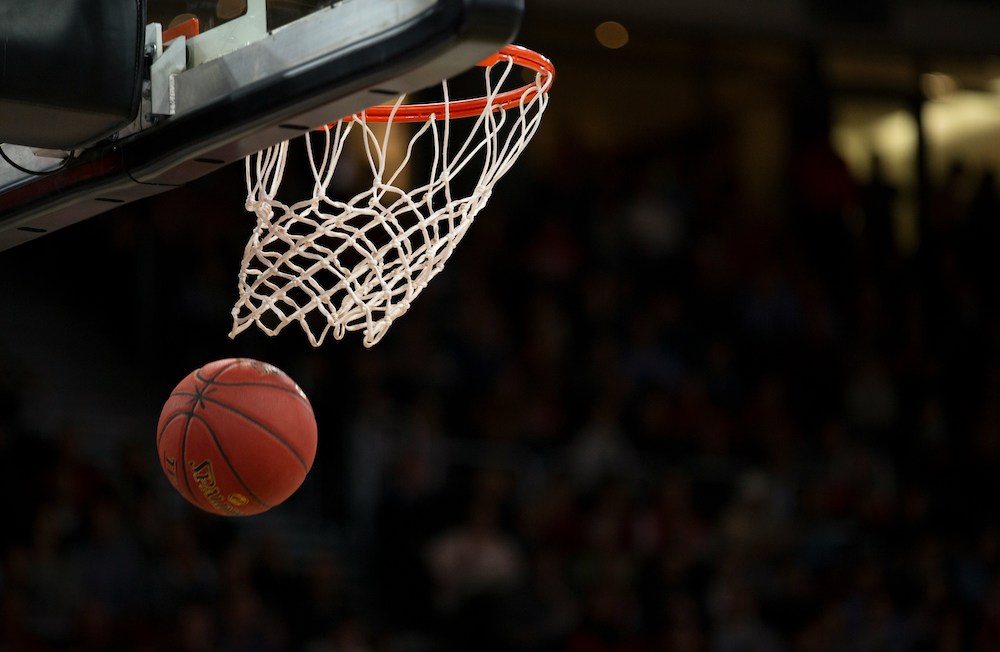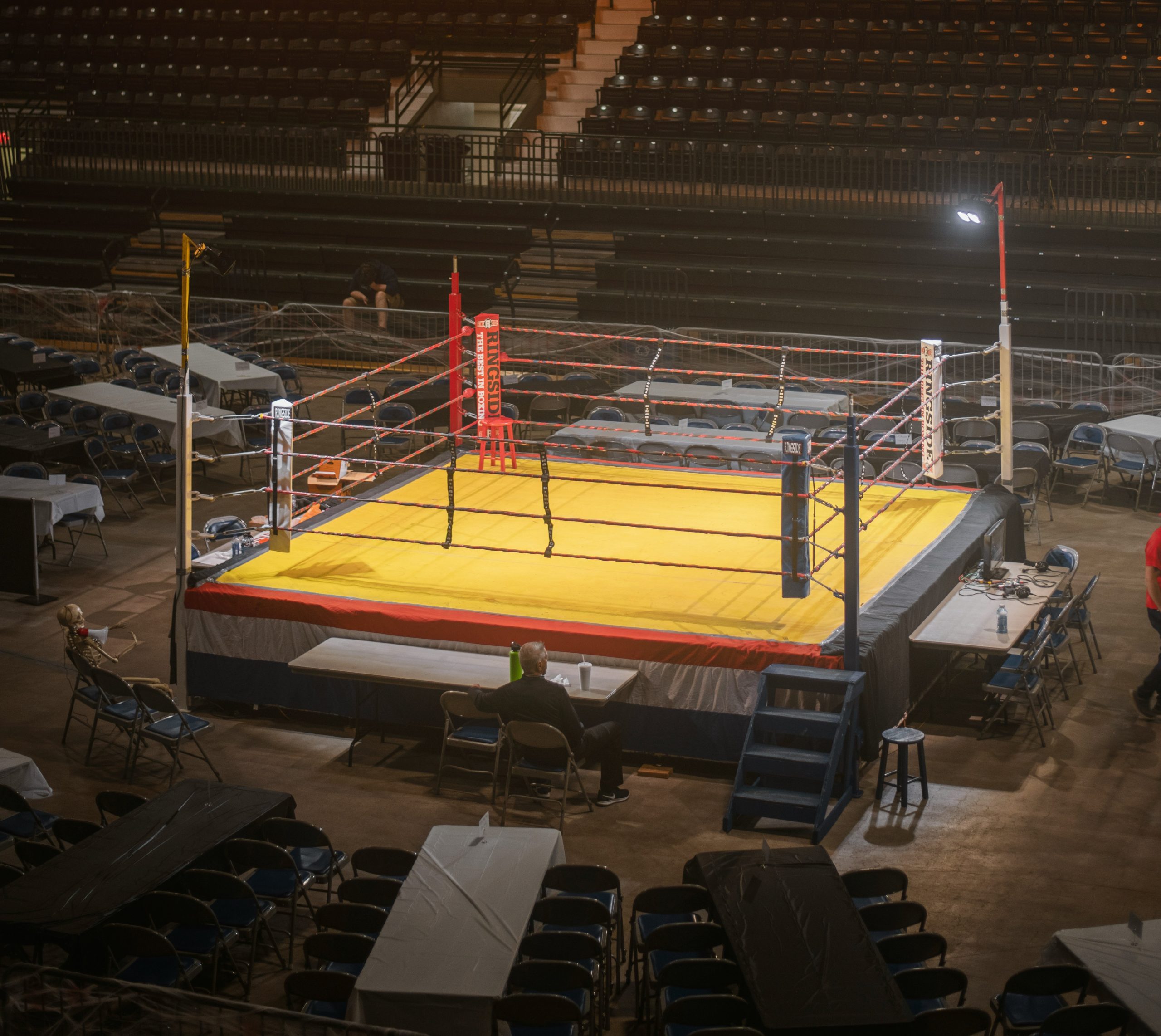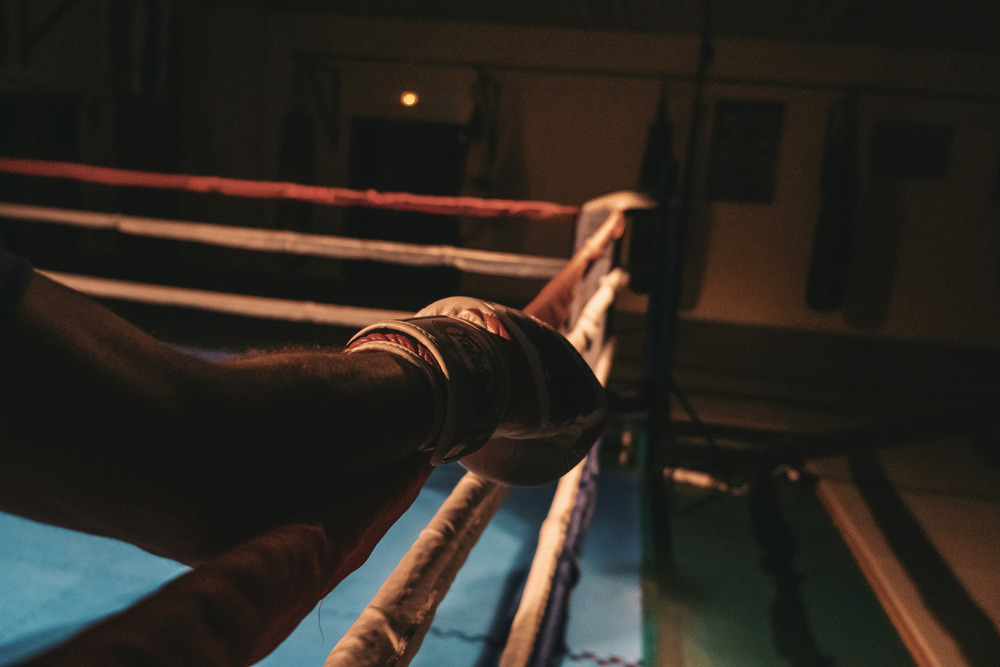Books & Culture
Watching Ourselves Watch Football: What the rise of the sport’s guilt lit says about us

by Byard Duncan
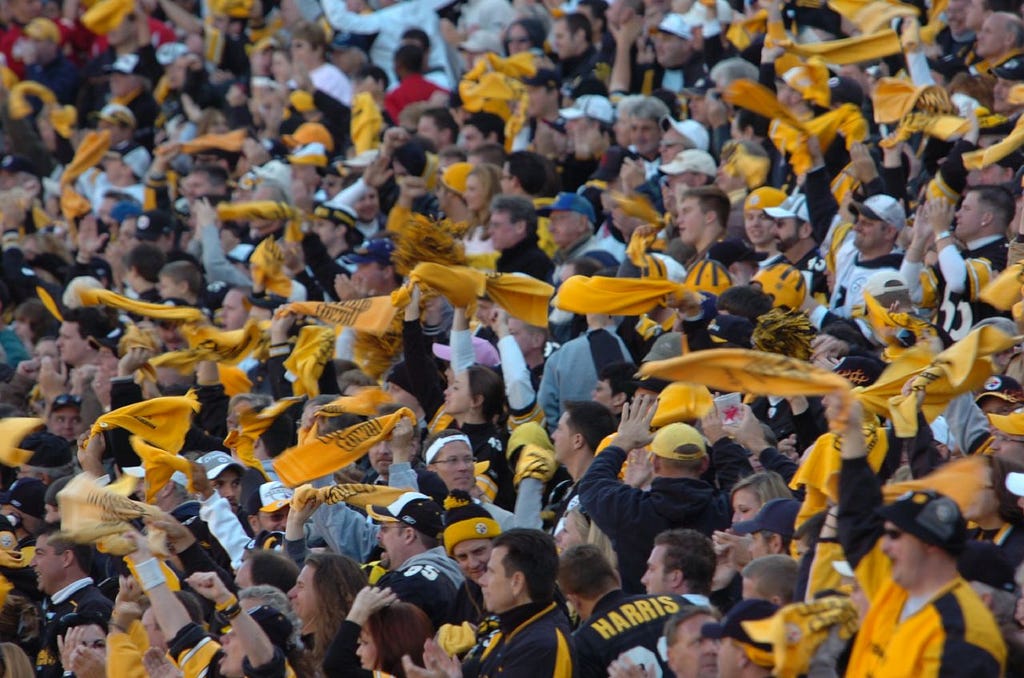
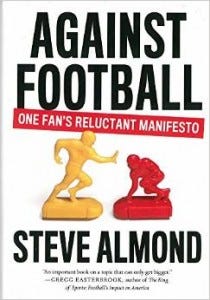
If you, like many modern sports fans, prefer highlight-skimming to the drudgery of actual game-watching, jump right to page 47 of Against Football: One Fan’s Reluctant Manifesto. There, you’ll find the book’s author, Steve Almond, verily jacking up NFL Commissioner Roger Goodell for his organization’s “concerted effort of deception and denial” about long-term health affects associated with the game. Goodell and associates reviewed the evidence, Almond writes, and came to “the same reluctant conclusion that Big Coal and Big Meat did decades ago. The business they run is unsafe for workers.” Therefore, “the moral decision in this situation isn’t very complicated: you stop playing the game until you learn more.”
Almond’s book came out a week before this NFL season started. It’s a top-notch interrogation, loaded with research, interviews, and personal dispatches from the wretched trenches of Oakland Raiders fandom. His thesis is simple: professional football, with its debilitating injuries, hyper-capitalist impulses, celebrations of war, and bastardization of higher education, has become ethically fraught — an ever-blackening boil on America’s collective conscience. At the very least, watching it should provoke within us a sensation of prickly self-scrutiny. In a perfect world, we’d all divest completely, as Almond did.
At just 178 pages, Against Football feels as coiled and sharp as a scorpion’s tail. There’s plenty of evidence to draw from, and Almond displays a knack for clicking its most salient pieces into neat analogies. If a gas leak was causing the same levels of brain damage that high school football games were, he posits, would we evacuate the premises, or would we gather on a Friday night to watch the leak? If the Minnesota Vikings paid a defenseman $18.5 million in 2013, are we OK with admitting to ourselves that such a player is worth the average salaries of 474 Minnesota elementary school teachers? Or 440 paramedics? Or 661 police officers?
That Almond’s an immensely talented essayist matters almost less here than the fact that he’s a bona fide fan — and, thus, a genial antagonist. A good portion of the book is spent rolodexing through formative football memories: a teenage pickup game in which he dislocated a shoulder, popped it back into place, then continued playing. Sundays with his father, watching games and fiddling with their television’s antenna. The missteps of his beloved Raiders, stewed upon with vivid and hilarious masochism. “The point of this book isn’t to shit on your happiness,” he concludes. The goal is to “make an honest conversation between ourselves, and within ourselves, about why we come to football, about why we need a beautiful savage game to feel fully alive, to feel united, and to love the people we love.”
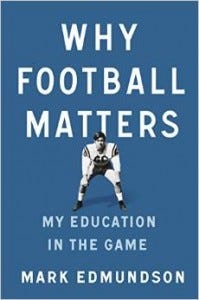
Almond’s not the only one asking these questions. In Why Football Matters: My Education in the Game, University of Virginia English professor Mark Edmundson plumbs his own high school playing experience to develop an argument for the sport’s character-shaping merits. His book, released the week after Almond’s, is much more of a personal tribute than a clinical autopsy; its chapters are slices of impressionistically rendered memoir, dedicated to capital-“V” values like “Courage,” “Patriotism,” “Faith,” and “Manliness.”
Though Edmundson alights briefly on football’s uglier aspects — physical trauma, jingoism, racism — his book deals primarily in nostalgia. Perhaps because of this, the conclusions sometimes feel naïve, even haphazard. Take, for example, his assessment of one practice in the late ’60s, in which a plane flying over his team’s field traced a peace sign in the sky as a form anti-war protest. While a few players extended middle fingers toward the sky, others raised their own peace signs.
“What gave those three guys the wherewithal to part company with the group and get a debate rolling? It’s impossible to say for sure…But I believe part of their courage came from what football had given them. They were surer of themselves than they would have been if they hadn’t managed to negotiate double sessions (twice) and do all those up-downs…”
Certainly football can nurture independence. But are we to believe that its brutal and mundane conditioning drills really cultivate peaceful introspection? Here’s Edmundson again, offering a perspective on football’s physical/psychological after-effects:
“Ballplayers live life rather than contemplating it. They get off their chairs and perform feats that are nothing less than amazing. The rest of us watch in admiration and envy and awe. When these men, these ballplayers come to the ends of their lives, they will at least be able to say for some period that they actually lived.”
The counter-critique here — that “the ends of their lives” are, in fact, exactly what’s at issue; that players with opaque minds and broken bodies are dying early, sometimes by suicide — is glaringly absent from Edmundson’s prose. In fact, near the conclusion of Why Football Matters, he announces proudly that his son, a peewee football star, tackles “with his shoulder and his helmet, and you [hear] the smack up and down the field.”
***
For us rabid sports fans, the temptation here is clear: We should position Against Football and Why Football Matters as opposing sides, then pick a winner. Depending on the strength of our desire to keep watching, we should dismiss Almond for failing to acknowledge the game’s intangible benefits; or we should shun Edmundson for his tone-deaf omission of important facts. One or the other. Just like a football game.
The problem is that this perspective overlooks just how much the two books have in common. It’s actually kind of staggering: Both Almond and Edmundson start off with reminiscences of watching the game alongside their fathers. Both then move to a discussion of football as a salve for intra-familial wounds (for Edmundson, it’s the death of his sister; for Almond, it’s “a home swirling with chaotic rage.”). Both liken football to warfare, then pivot to discussions of the church. Both touch on race, and class, and ensuing issues of exploitation. Yet their final impressions couldn’t be more different.
So what’s going on here? How is it that two well-educated fans had access to the same evidence, during roughly the same time period, and came to such different conclusions? What does it mean that we, as a nation, are watching more football than ever, even as an unprecedented abundance of scandals and ghastly medical data abound? What does making a choice about this beautiful, brutal sport actually look like?
There’s an emerging genre of essays, memoirs and journalism dedicated to these very conundrums — to the contours of our complicity, to watching ourselves watch football. On Edmundson’s side, if such a neat designation can be assigned, are writers like Diane Roberts, whose 2013 Oxford American essay, “Game of Tribes,” includes, paradoxically, both a condemnation of the game’s groupthink and a generous charge of bloodlust. “I’m a Democratic-voting, tree-hugging pinko,” she writes, before concluding that “a good hit is just so goddamned gorgeous.”
Roberts isn’t alone. In a recent issue of the New Yorker, John McPhee recalls a childhood steeped in Princeton football’s “indelible moments.” In one such moment, the team’s star, Bronco Van Lengen, is knocked cold on the field. McPhee’s father, the team’s doctor, runs to his side, just in time for the player to urge open one eye. “’Didn’t I score?’ Actually, not that time, Bronco. Bronco leaps up off the grass, adjusts his helmet, and joins the huddle.” In the context of such winsome prose, it’s easy to overlook the fact that Bronco’s basically jogging into a life-threatening scenario.
Even some former college players, like New York Times contributor Eric Kester, have found ways to move past memories of “shattered fragments from exploded helmets” and argue that football should be preserved. It’s too precious to let go of, Kester writes in a recent Times essay; it’s our “weekly chance to put up our feet and forget, for a few exhilarating hours, our own pain and hardship.”
Responses to Almond’s and Edmundson’s books have reflected this streak of willful evasion, too. In an L.A. Times review that compared the two, the journalist Hector Tobar wrote, “my own season of escapism is about to kick off any day now. I feel really bad about it. And I can hardly wait.” And “Game of Tribes” writer Diane Roberts closes her recent review of Against Football with this admission: “We know about the concussions, the racism, the money, the deranged version of masculinity infecting football; we know it’s going to have to change. Just not yet, not this season.” Don’t make us look, these writers are saying. Don’t make us think. Not when it means so much.
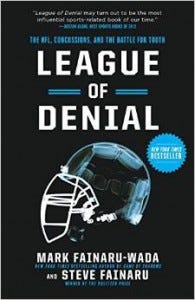
Almond’s camp is considerably less charitable. In 2012, Steve Fainaru and Mark Fainaru Wada, a brother pair of ESPN journalists, completed League of Denial, perhaps the most damning condemnation of professional football on record. The book, which charts the NFL’s recent concussion debacle and its fallout, is equal parts page-turner and Homeric tragedy. Along with the work of other journalists like Jeanne Marie Laskas and Phil Bennett (of GQ and PBS Frontline, respectively), the Fainarus build a seemingly inarguable case against playing and watching football. In one of their book’s most poignant moments, they describe Jake Seau’s decision to quit the sport after his father, the indomitable linebacker Junior Seau, dies of a self-inflicted gunshot wound. It might as well be a Surgeon General’s warning:
“I still love football,” he said. “I grew up with it; I’ve always been around it. I love the game.” But in the most personal and profound way, he was faced with the same uncomfortable questions that the rest of the country was now confronting. With so many alternatives, how can we let our children, our loved ones, ourselves, play a game that may destroy the essence of who we are?”
***
To watch or not to watch. It’s an agonizingly hard decision for us sports fans to consider, especially since we’re accustomed to the tidy dichotomies of my team versus yours. On the one hand is an arsenal of bleak facts, served to us by Almond, the Fainaru brothers, Laskas, and more. On the other is the siren pulse of our own nostalgia, given voice by Edmundson, Roberts, McPhee, Kester, and others. The ethical calculus is jumbled at best: How are we to square a childhood’s worth of fond memories against yet another report of chronic traumatic encephalopathy? How are we to hold up the emotional value of our Sunday ritual against new reports of domestic violence? Or another player’s suicide? Or even one brutal hit?
In a recent TED talk, the Rutgers philosophy professor Ruth Chang explained how to make hard decisions when the two best choices are “on a par,” and neither is the clear winner. Making a choice when two options both present benefits, she says, is incredibly difficult because “we unwittingly assume that values — like justice, beauty kindness — are akin to scientific quantities like length, mass, and weight.” This is why, instead of treating difficult decisions as daunting obstacles, we should accept the fact that “it’s here, in the space of hard choices, that we get to exercise our normative power — the power to create reasons for yourself.” From fallacy comes clarity — and, for us, the power to choose whether we’re the sort of people who derive pleasure from others’ pain.
Chang continues:
“This response in hard choices is a rational response, but it’s not dictated by reasons given to us. Rather, it’s supported by reasons created by us. When we create reasons for ourselves to become this kind of person rather than that, we wholeheartedly become the people that we are. You might say that we become the authors of our own lives.”
So why are we so bad at this? How can we acknowledge mountains of devastating evidence, then crack a beer and watch anyway? It might be that choices in and around sports are not generally hard in this way. For example, I know that if Tom Brady, the quarterback of my beloved New England Patriots, cocks his arm at the proper angle and fires the ball downfield with sufficient force and accuracy, it will be caught. If he does not, it will be incomplete or intercepted. Similarly, if Brady is able to perform this feat more times than his opponent, he will score more points and his team will win the game. This will make him happy, and it will make me happy, too.
We fans appreciate this simplicity. We gorge on it. We prefer it to the shambolic complexity of everyday life, of reality.
The problem is that, given reality’s recent encroachments into our national pastime, such simplicity can no longer be applied to the act of watching Brady, or his receiver, or anyone in the NFL. Our escapist cocoon is irreparably torn. The decision of whether to watch is now pregnant with a clutch of unavoidable considerations about concussions, money, domestic violence, race. Considerations about our own identities.
For better or worse, it’s also an opportunity to become the people we want to be. The information is out there, and it’s essentially unavoidable. No one has the luxury of playing dumb anymore.
***
Every football fan has his own well of nostalgia, and I am no different. I vividly remember crunching through the New England snow in my backyard, diving to catch my father’s passes. I remember demolishing and being demolished with my high school friends during Thanksgiving games. I, like Almond, remember 2003’s “Snow Bowl,” in which my Patriots channeled something divine to beat a vicious and efficient Raiders team.
There are even recent stories. Two months ago, a group of friends and I organized a contest to determine draft order for our fantasy football season. Our “Combine,” we decreed in a run-on email thread, would be modeled loosely on the NFL’s own rookie expo — that erotically charged rodeo of leaping, grunting and hoisting. But unlike in the pros, where results matter and scouts hover like famished buzzards, our evening would contain just four easy-ish components: a series of 50 push-ups, a 100-yard sprint, a punt-off, and a beer mile.
Not a true beer mile, actually. Not the kind that requires a tidy “beer, then quarter mile lap, then beer, then lap, etc.” sequence. In a merciful hack of competitive logistics, we decided that the mile and beers could be completed in any order we saw fit, so long as all laps were run and all beers were consumed. Additionally, for the non-drinkers among us, a twelver of tink-warm Schweppes Ginger Ale stood at the ready. Some of us had knocked off work early to come and stretch. We’d cordoned off one corner of a local park. We were ready.
We were not ready. By 15 minutes into the contest, half of us had vomited. We fudged our push-ups and ran woozy, half-hearted sprints. As local mothers looked on reproachfully, we jackknifed punts into nearby little league games and threw up some more. A few friends tapped out and sat on the grass, nursing their beers and watching the rest of us wobble despicably. We did this because it was fun, yes. But we mostly did it because football means something to us. It gives us an excuse to be close.
Still, when we returned to a friend’s house to conduct the draft, certain questions blared. Would anyone pick up Ray Rice, the Baltimore running back who just days before had been videotaped knocking out his fiancé in an elevator? Who would get Peyton Manning, knowing that his fragile neck is just one jostle away from a career-ending injury? Or Wes Welker, the tiny Broncos receiver who’d sustained so many concussions last season that he’d finished it out wearing a cartoonishly oversized helmet?
We tried to ignore these questions the best we could as we gobbled pizza and made our picks. But as I glanced across this room full of my best friends, the thing I remember most vividly was not their selections, or their booze-rouged cheeks, or who I took first overall. It was the spine of a book one of them was using as a de facto clipboard for his fantasy wish list. Barely visible, but unmistakable.
League of Denial.






